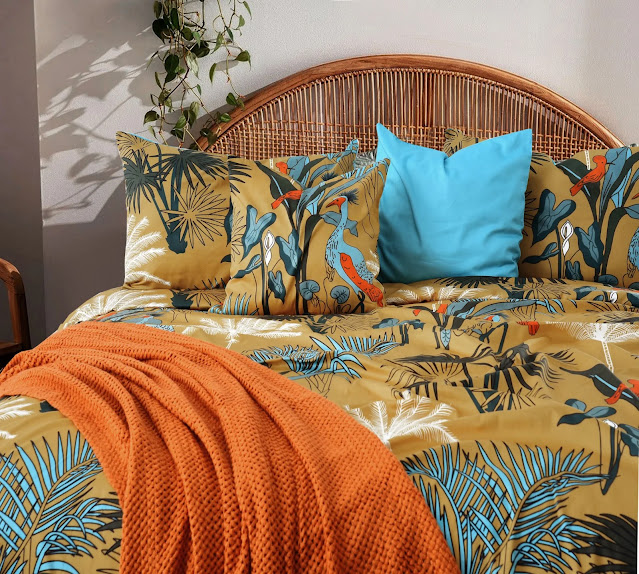Tablemats, als
o known as placemats, are essential dining accessories that serve both functional and decorative purposes. They protect your table from scratches, spills, and heat while adding a layer of style to your dining experience.
Types of Tablemats
Fabric Tablemats
Typically made from cotton, linen, or polyester, fabric tablemats offer a soft texture and can be found in various colors and patterns. They add a touch of elegance and can be easily washed for maintenance.Vinyl Tablemats
Durable and water-resistant, vinyl tablemats are perfect for busy households. They come in many designs and are easy to wipe clean, making them ideal for everyday use.Bamboo or Wooden Tablemats
Eco-friendly and stylish, bamboo or wooden tablemats provide a natural look. They are durable and can add a rustic charm to your dining setup.
Benefits of Using Tablemats
- Protection: They safeguard your table from food spills, hot dishes, and scratches.
- Style Enhancement: Tablemats allow for creative expression, enabling you to choose colors and patterns that match your decor.
- Easy Maintenance: Many tablemats can be easily cleaned or wiped down, making them practical for daily use.
Choosing the Right Tablemats
When selecting tablemats, consider the material, size, and design. Ensure they complement your table and overall dining decor. Pay attention to ease of cleaning, especially if you have children or frequently entertain guests.
Conclusion
Tablemats are an excellent addition to any dining space, combining practicality with aesthetic appeal. By selecting the right tablemats, you can protect your furniture while enhancing your dining experience.
.jfif)

.jfif)


.jfif)
.jfif)
.jfif)


.jfif)